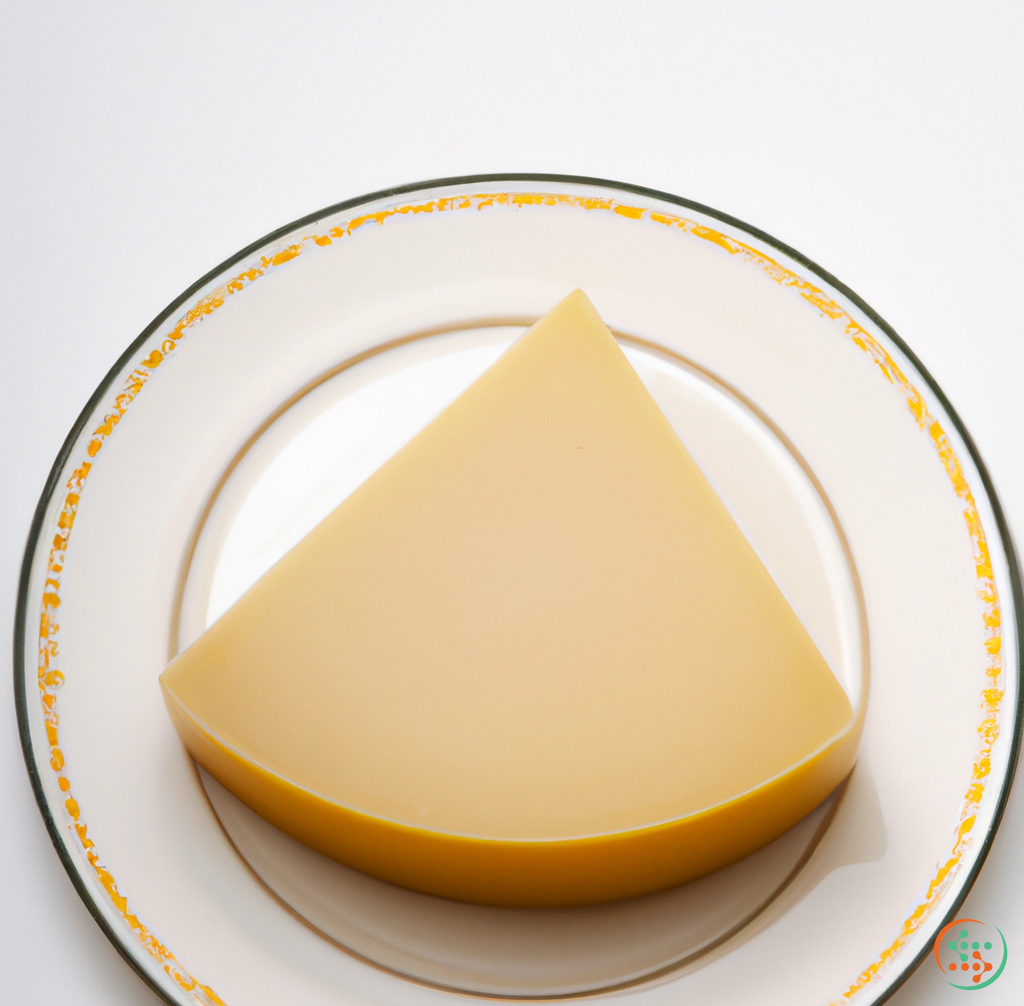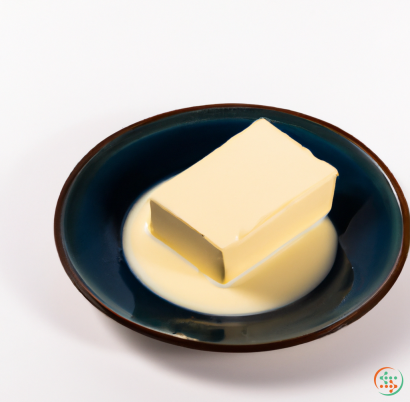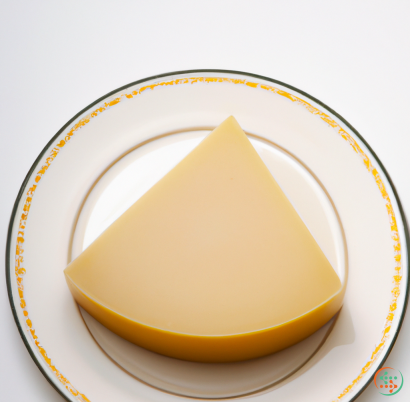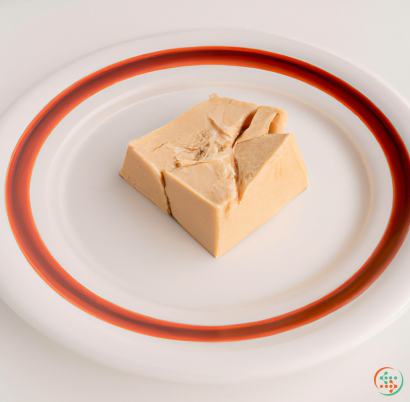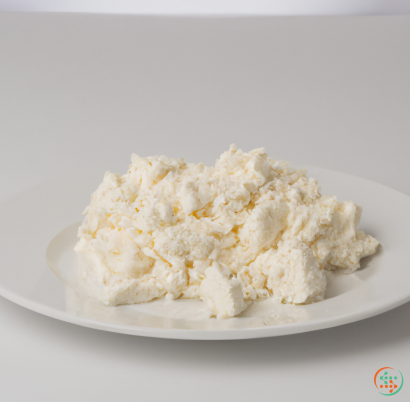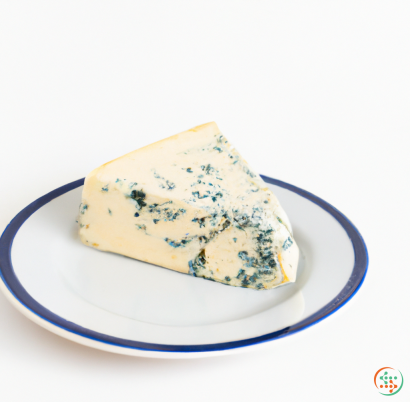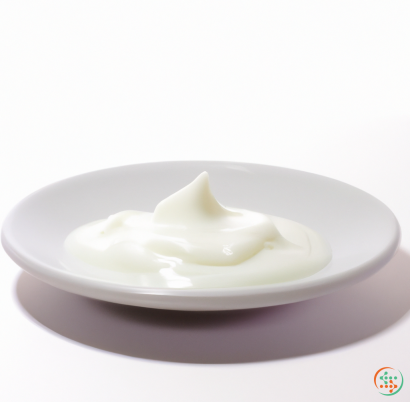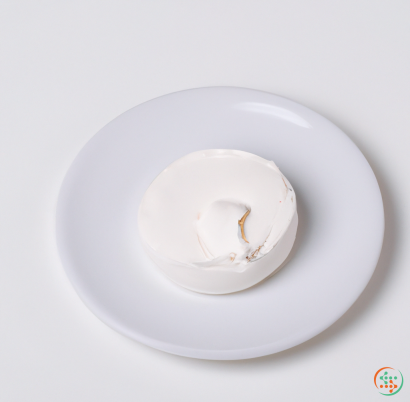Romano Cheese
The world of cheese is vast, as anyone who's spent time sampling the dozens of cheese varieties available will certainly be aware of. Within the endless variety of cheeses, one distinctive type that stands out among the rest is Romano cheese. If you're new to cheese-making or wondering what Romano cheese is, you've come to the right place.
Originating in Italy, Romano cheese is an aged and hard type of cheese that's best known for its intense flavor, which is earned from its lengthy aging process. It's made from sheep's milk — or a mix of sheep's and goat's milk — and its production process can take at least four months before it's ready for sale. Usually, the larger the wheel of Romano cheese, the longer it has been allowed to age, resulting in an increasingly intense flavor profile.
The sharp, tangy taste of Romano cheese has been beloved by cheese aficionados for centuries. Its aging process is responsible for its complex flavor, a wonderful combination of robust, salty notes balanced with a slightly sweet, floral undertone. Additionally, the texture is solid and crumbly, making it a great choice for both slicing and grating over food.
Romano cheese is unique in both production process and flavor. Its production process is highly lengthy and complex, as producers must make sure to regularly check the wheels as they mature. Once the producer has determined the Romano cheese has reached its optimum age, the wheels are then soaked in both white and red wines, which helps them to develop their unique flavor.
When tasting a Romano cheese, you should expect to find notes of pungency, sweetness, and saltiness. Some have even described the flavor of a Romano cheese as being nutty or fruity, with a hint of bitterness.
You may know Romano cheese best as the grated variety typically sold pre-packaged in most grocery stores. But its wide range of uses are worth noting. On its own, Romano cheese is a delicious snack or dessert cheese, as its complex flavor will pair nicely with anything from crackers to grapes. Grated Romano cheese is usually featured in Italian recipes, as its nutty flavor will enhance any dish it's added to. In Italian cuisine, the Pecorino Romano — a more widely available variety of Romano cheese — is typically used as a seasoning over pasta dishes, salads, and soups.
For those looking to explore beyond pre-packaged Romano cheese, exploring a local Italian cheese shop will give you the opportunity to find handmade Romano cheese wheels that have been aged for the optimal amount of time. Not only will you learn about the history and production process of Romano cheese, but you'll be able to sample the varieties available before you buy.
Whether you're a cheese lover or an aspiring home cheese-maker, it's worth taking a journey through the world of Romano cheese. Its complex flavor and lengthy production process make it one of the most beloved varieties in Italy and beyond. With a bit of exploration, you'll be able to find the perfect Romano cheese for you.
Introduction
Making authentic Romano cheese is a complex and labor-intensive process that has been respected by cheese makers for centuries. Originating in Italy, this aged cow's milk cheese has a sharp, sharp flavor that can last for months, if not years, given the right aging conditions. From the moment the milk is sourced to the time it reaches your dinner plate, Romano cheese has a lengthy production and travel journey. In this blog post, we'll take a detailed and scientific look at how Romano cheese is crafted, aged, and transported to your favorite restaurant or grocery store. By the end, you'll have a thorough understanding of the entire cheese making process and how it ends up on your plate.
Milk & Starter Culture
The entire cheese making process begins with the raw material: milk. Milk can come from many different sources, including cows, goats, sheep, and even buffaloes. For the purposes of this blog post, we will focus on cow's milk and Romano cheese specifically.
Once the milk has been sourced, it's time to add the starter culture. This culture, which consists of lactic acid bacteria, provides the necessary acidification of the cheese mixture. When processed in this manner, the cheese mixture experiences a fermentation process, which will give it its signature flavor and texture. Adding the correct starter culture is extremely important and must be done by a highly trained expert in order to achieve the desired results.
Coagulation
Once the starter culture has been added, the cheese mixture begins coagulation. This step of the process starts with rennet, or a compound made from enzymes, being added to the cheese mixture. The rennet helps to curdle the proteins in the cheese mixture and separate the proteins from the liquid, or whey. This curdling process is important in creating the signature flavor and texture of the cheese.
Next, a series of mechanical motions are performed on the mixture in order to stretch and cut the curds. This helps to further separate the proteins from the whey, while also giving the cheese mixture its shape. After these motions are completed, the cheese mixture is heated to a certain temperature in order to further separate the proteins and whey; this is also known as cooking the curds.
Aging & Brining
After the curds have been cooked, the cheese is then aged and brined. First, the cheese is placed in a cool, dry environment in order to allow it to mature and take on a flavor profile. This aging process typically lasts anywhere from four to eight months, depending on the type of cheese being made. During this time, the cheese is monitored and flipped regularly to ensure a consistent flavor and texture.
Once the cheese has been aged for a certain period of time, it is then placed in a salt solution, or brine, for a period of two to three weeks. The brining process helps to fortify the cheese's flavor, texture, and shelf life, as well as help it better withstand the rigors of transportation. After the cheese has been brined, it is then ready to be cut and packaged for shipment.
Packaging & Transportation
Once the cheese has been properly aged and brined, it must then be carefully packaged and transported to its destination. This includes wrapping the cheese with food-grade paper and then enclosing it in a bulking plastic wrap. Doing so helps to protect the cheese and ensure its freshness during its journey.
The cheese will then be placed onto pallets and loaded onto a truck for delivery. The temperature of the truck will be carefully monitored during this time, as Romano cheese is particularly sensitive to heat. The cheese must never exceed a temperature of 55°F (12.78°C), so the driver must take measures to ensure this safety threshold is never breached. The cheese must also be delivered within a certain time frame in order to maintain its freshness.
Serving
Once the cheese has been delivered safely, it's ready to be served. Romano cheese can be grated, slivered, or cubed, depending on the recipe. It pairs well with a variety of dishes and can be added to sauces, soups, pizzas, salads and more for an extra kick of flavor.
Conclusion
Romano cheese is a beloved cheese product with a long and storied history. From the moment the milk is sourced to the time it reaches your dinner plate, Romano cheese has a lengthy production and travel journey. In this blog post, we explored the process of making Romano cheese – from the starter culture to the brining and packaging process – to gain a better understanding of how it is crafted and travels to a dinner plate. Armed with this new knowledge, you'll be able to appreciate the craft of cheese making and the complexity of flavors that are present in your favorite dishes.
| Vitamin A | 0.096 mg | |
| Beta-Carotene | 0.069 mg | |
| Vitamin D | 0.5 ug | |
| Vitamin D3 | 0.5 ug | |
| Vitamin E | 0.23 mg | |
| Vitamin K | 0.0022 mg | |
| Vitamin B1 | 0.04 mg | |
| Vitamin B2 | 0.37 mg | |
| Vitamin B3 | 0.08 mg | |
| Vitamin B4 | 0.0154 grams | |
| Vitamin B5 | 0.42 mg | |
| Vitamin B6 | 0.09 mg | |
| Vitamin B9 | 0.007 mg | |
| Vitamin B12 | 0.00112 mg |
| Calcium | 1.064 grams |
Daily Value 1.3 g
|
| Iron | 0.77 mg |
Daily Value 0.018 g
|
| Magnesium | 0.041 grams |
Daily Value 0.4 g
|
| Phosphorus | 0.76 grams |
Daily Value 1.25 g
|
| Potassium | 0.086 grams |
Daily Value 4.7 g
|
| Sodium | 1.433 grams |
Daily Value 2.3 g
|
| Zinc | 0.00258 grams |
Daily Value 0.011 g
|
| Copper | 0.03 mg |
Daily Value 0.9 mg
|
| Manganese | 0.02 mg |
Daily Value 0.0023 g
|
| Selenium | 0.0145 mg |
Daily Value 0.055 mg
|
| Tryptophan | 0.429 grams | |
| Threonine | 1.171 grams | |
| Isoleucine | 1.685 grams | |
| Leucine | 3.071 grams | |
| Lysine | 2.941 grams | |
| Methionine | 0.852 grams | |
| Cystine | 0.209 grams | |
| Phenylalanine | 1.71 grams | |
| Tyrosine | 1.775 grams | |
| Valine | 2.183 grams | |
| Arginine | 1.171 grams | |
| Histidine | 1.231 grams | |
| Alanine | 0.932 grams | |
| Aspartic Acid | 1.989 grams | |
| Glutamic Acid | 7.302 grams | |
| Glycine | 0.553 grams | |
| Proline | 3.718 grams | |
| Serine | 1.84 grams |
| Total Sugars | 0.7 grams |
per 100g
|
| Caproic acid (6:0) | 0.51 grams |
|
| Caprylic acid (8:0) | 0.27 grams |
|
| Capric acid (10:0) | 0.67 grams |
|
| Lauric acid (12:0) | 0.91 grams |
|
| Myristic acid (14:0) | 3.04 grams |
|
| Palmitic acid (16:0) | 7.27 grams |
|
| Stearic acid (18:0) | 2.4 grams |
|
| Butyric acid (4:0) | 1.36 grams |
|
| Total Saturated fatty acids: | 16.43 g | |
| Oleic acid (18:1) | 6.94 grams |
|
| Palmitoleic acid (16:1) | 0.41 grams |
|
| Total Monounsaturated fatty acids: | 7.35 g | |
| Linolenic acid (18:3) | 0.31 grams |
|
| Linoleic acid (18:2) | 0.28 grams |
|
| Total Polyunsaturated fatty acids: | 0.59 g | |
| Cholesterol | 0.1 grams |
|
| Total Sterols: | 0.1 g | |
